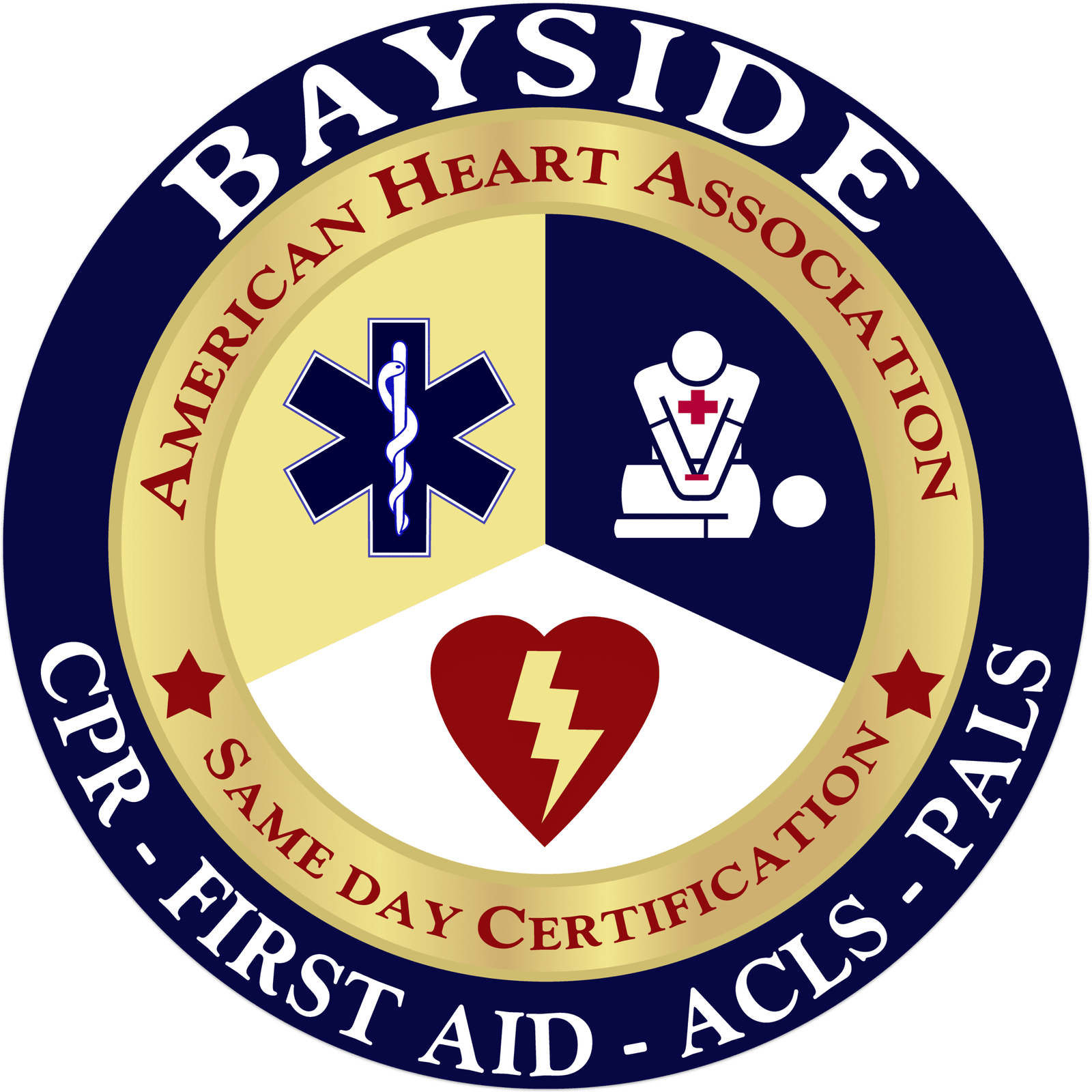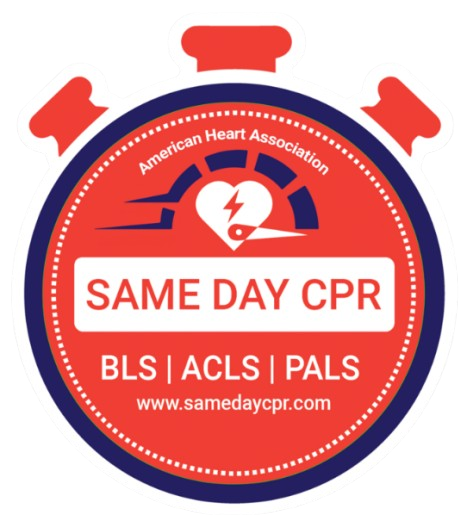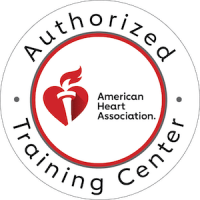
Author Archives: Kyle Hastings

How to Include a CPR Certification on Your Resume?
Adding a CPR certification to your resume is a smart way to show you’re prepared to handle emergencies and care about safety. It can help you stand out, especially if you’re applying for jobs in healthcare, education, childcare, fitness p...
Read More ›
What Is the Main Advantage of Effective Teamwork in ACLS?
ACLS stands for Advanced Cardiovascular Life Support, a special training that helps healthcare providers respond quickly and confidently during serious heart emergencies. This class is designed for doctors, nurses, paramedics, and anyone who works in...
Read More ›
What Is Included In The Secondary Assessment Of PALS?
According to the WHO (World Health Organization), in 2020, about 5 million children under the age of 5 died, mostly from causes that could have been prevented or treated. Nearly half of these deaths, around 2.4 million, occurred in newborns during th...
Read More ›
When using an AED, what is very important to do while...
It was a normal day at the park until someone collapsed from sudden cardiac arrest near the basketball court. People rushed over, unsure what to do, but one person grabbed the AED, or automated external defibrillator, from the wall nearby and stepped...
Read More ›
Recognizing Signs of Impending Death After Stroke: What You Need To...
Imagine sitting by a loved one’s side, watching them suddenly fade into a deeper, more silent pause. It’s a moment filled with both hope and fear, wondering if this is the beginning of the end or just a temporary pause. Recognizing the signs that...
Read More ›
What is the indication for mouth-to-mouth rescue breaths?
You’re at a family gathering, and your young nephew suddenly chokes and goes limp in your arms. His heart is still beating, but he’s not breathing. In that moment, mouth-to-mouth rescue breaths (traditional CPR) can mean the difference between li...
Read More ›

